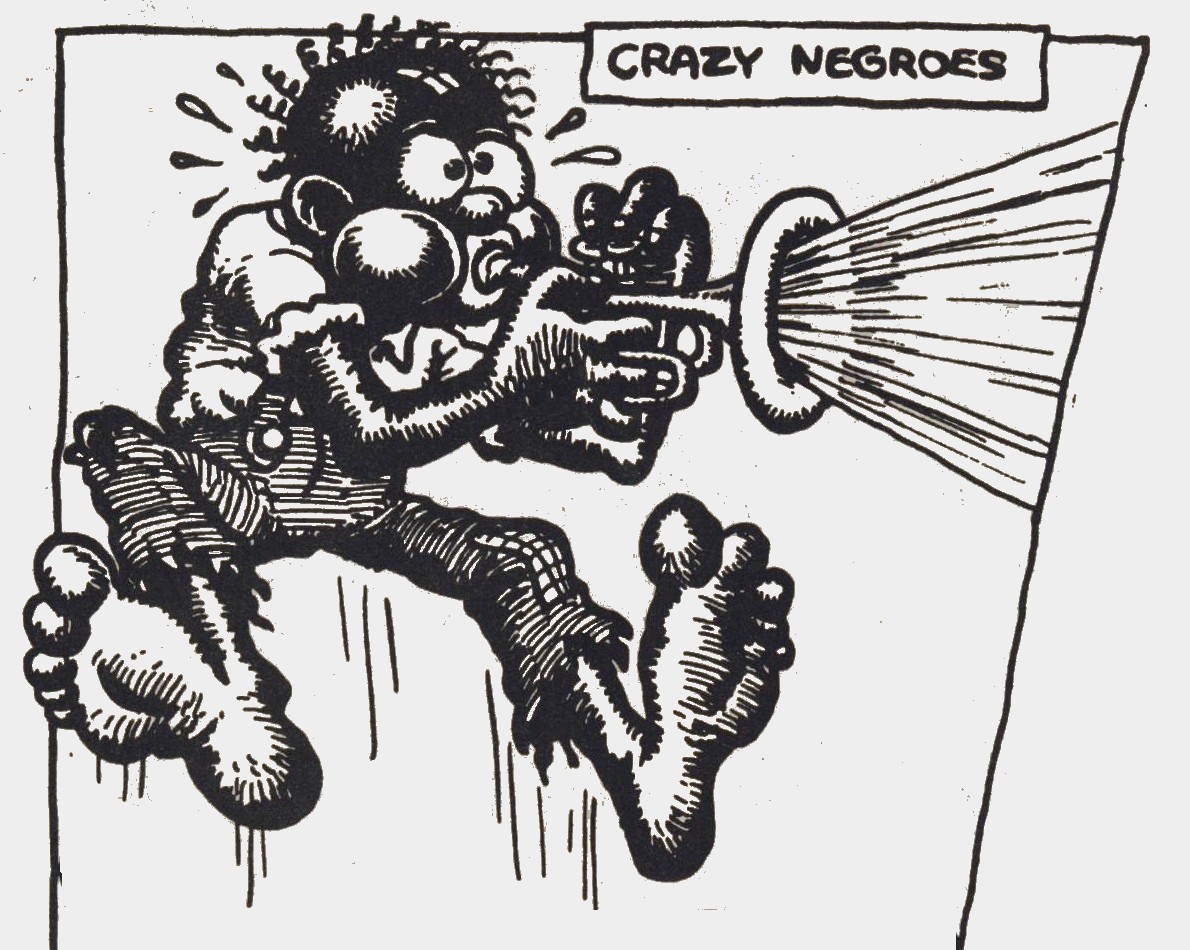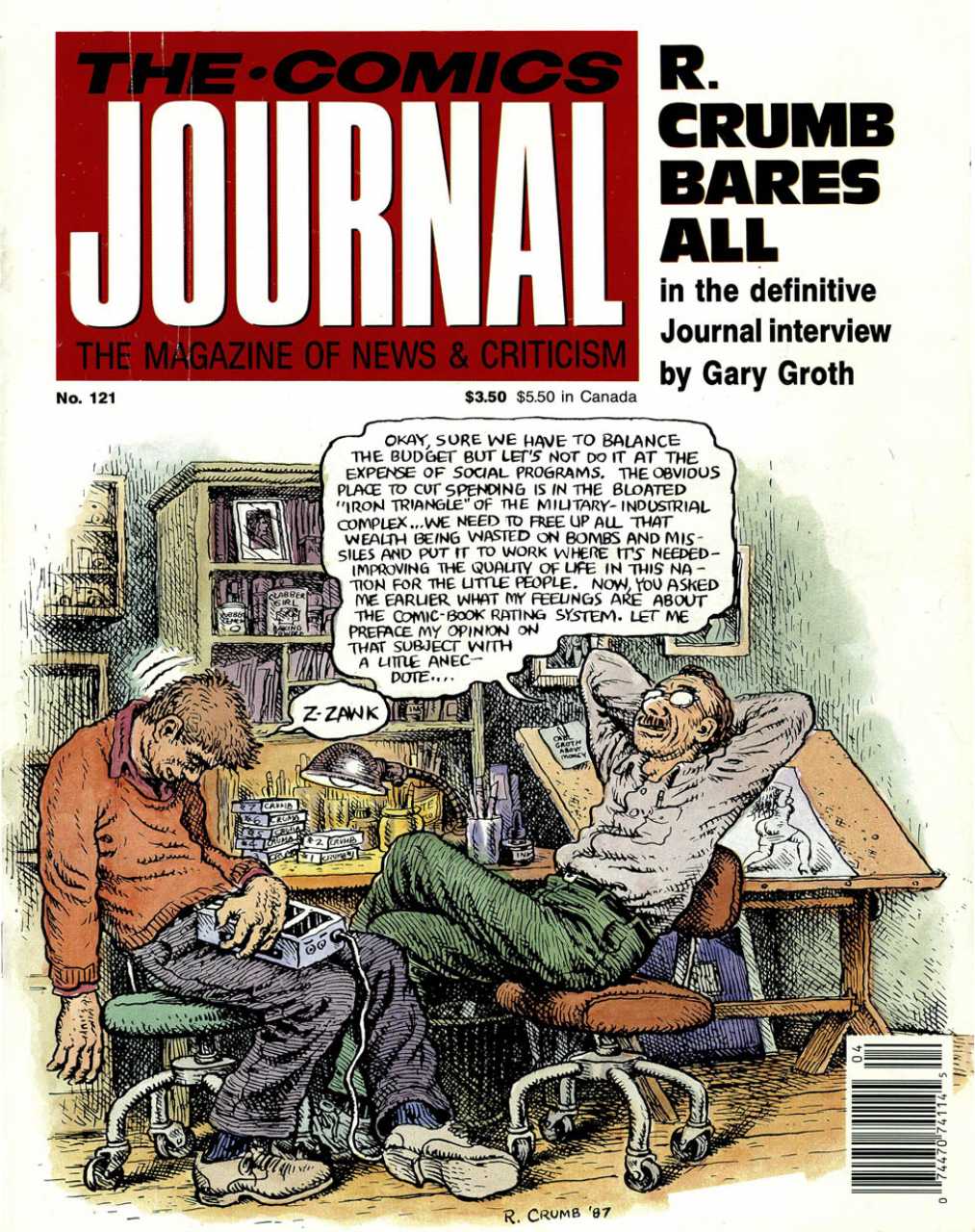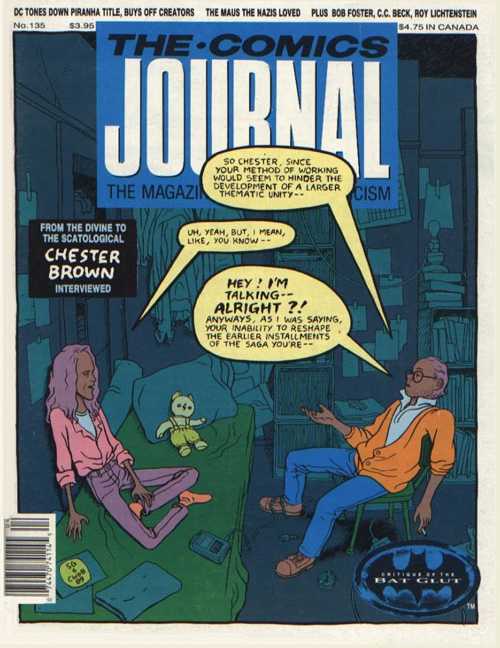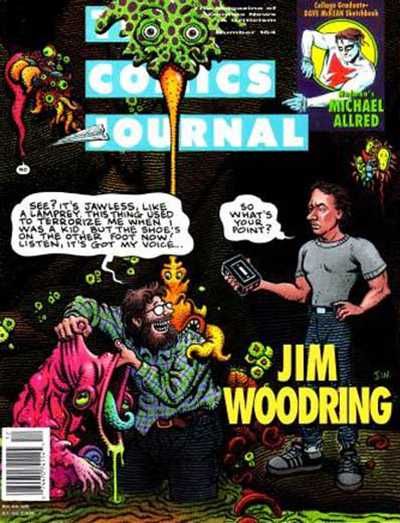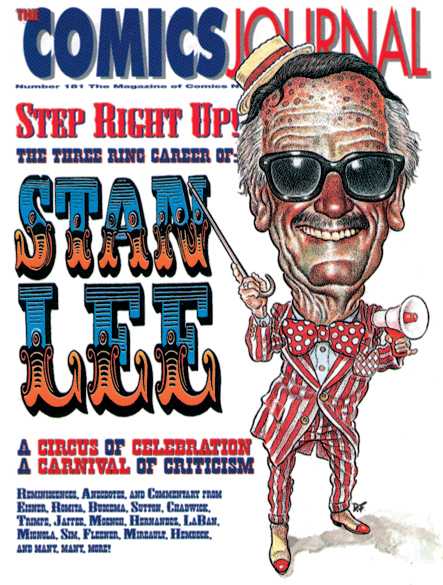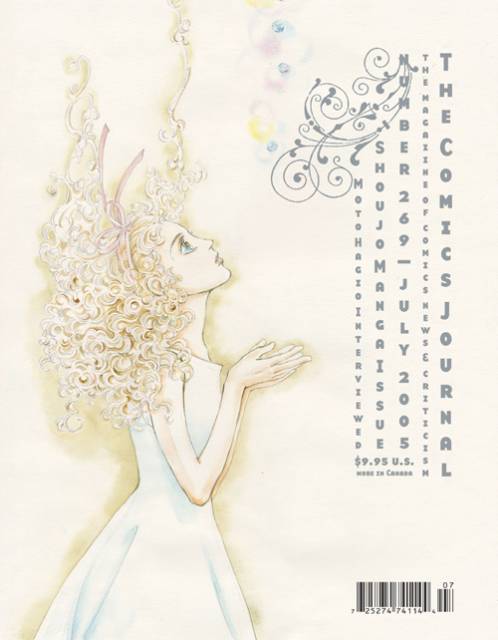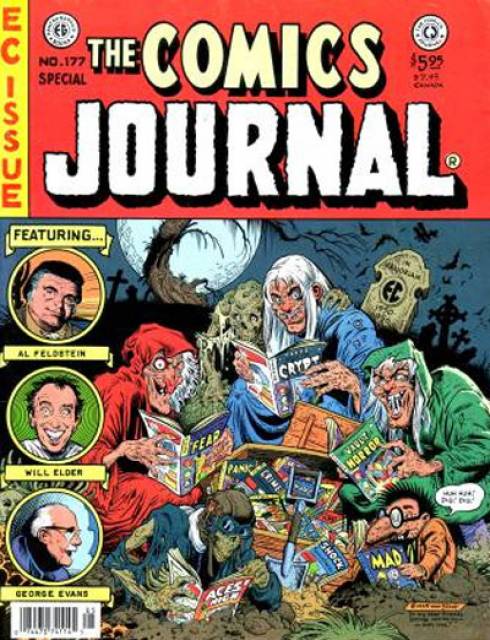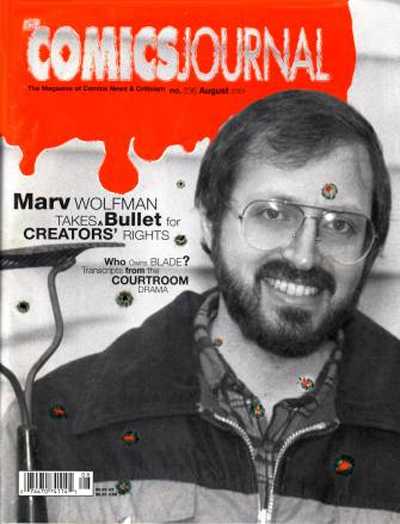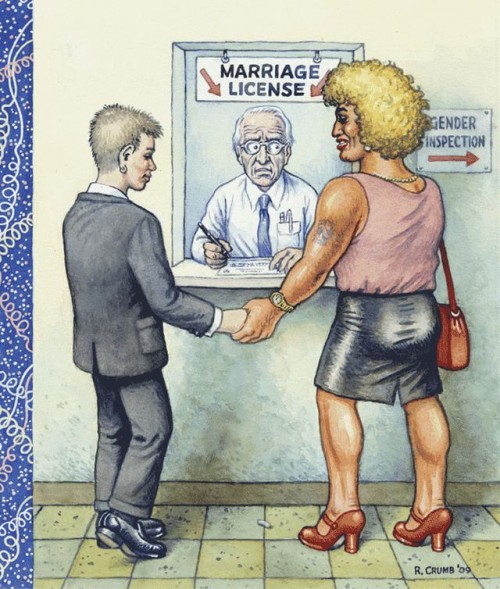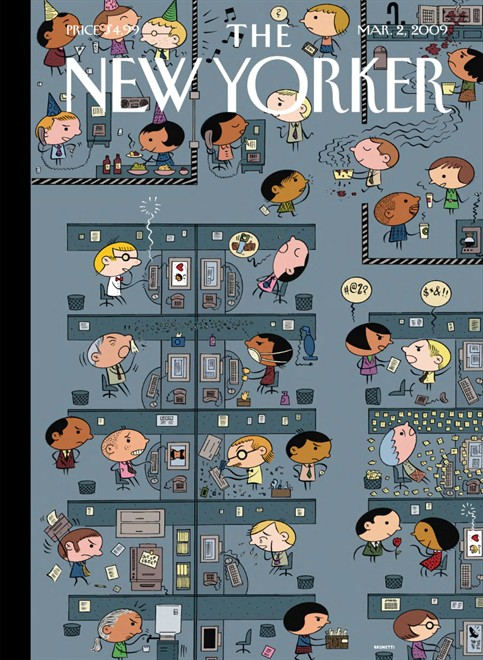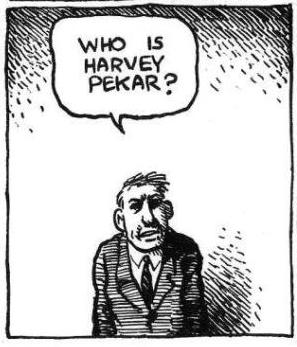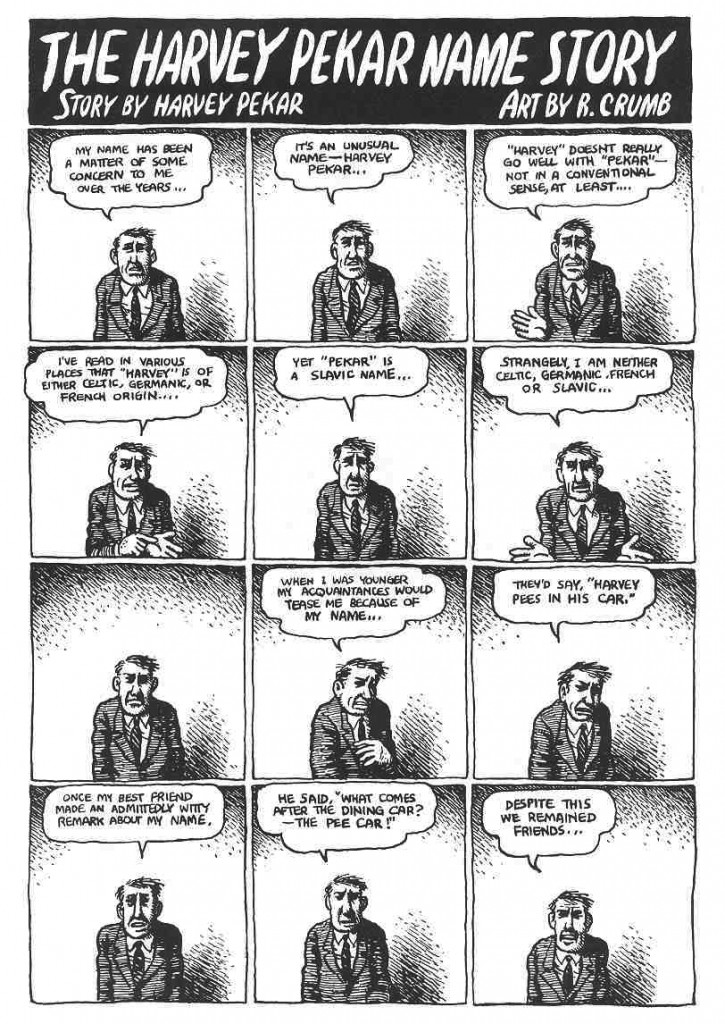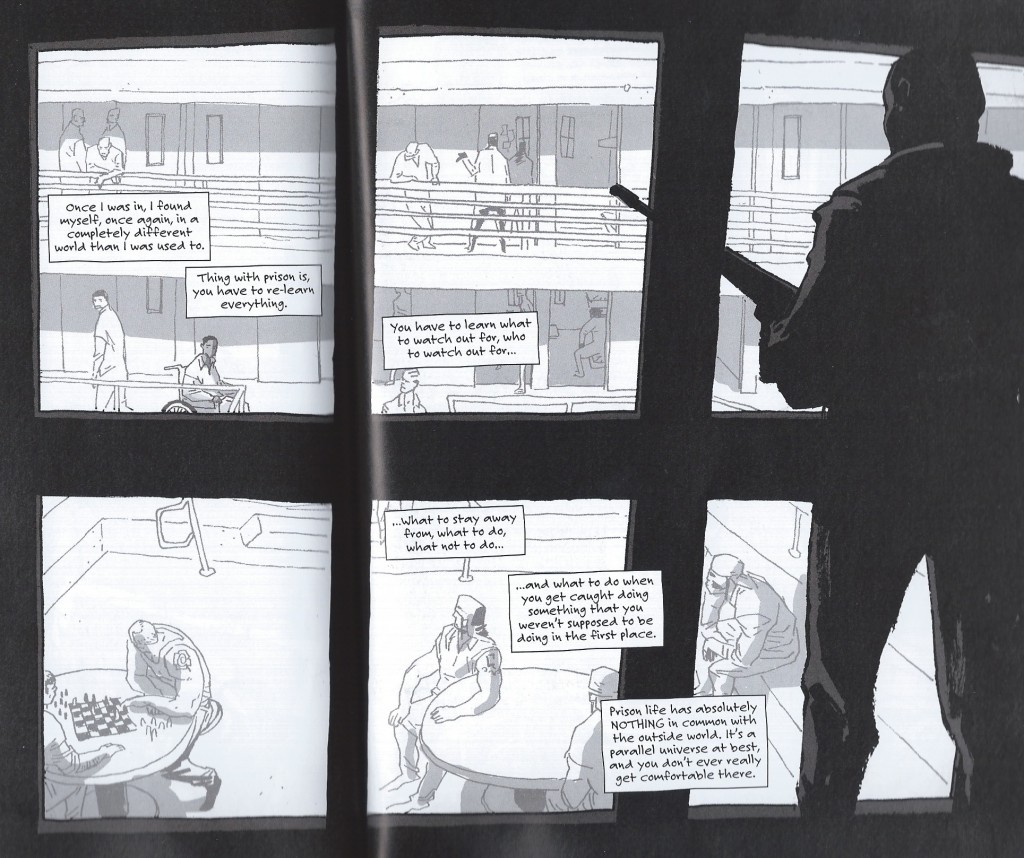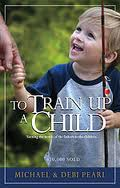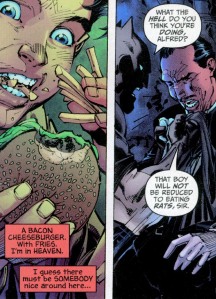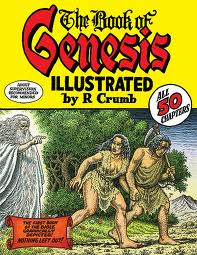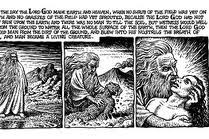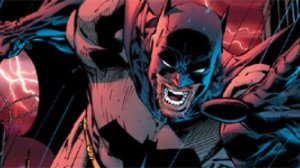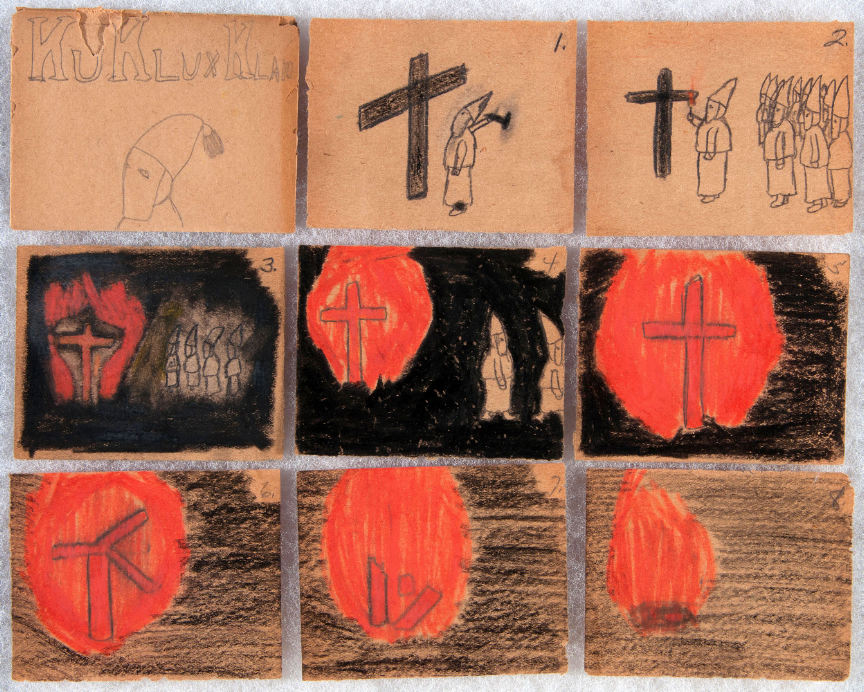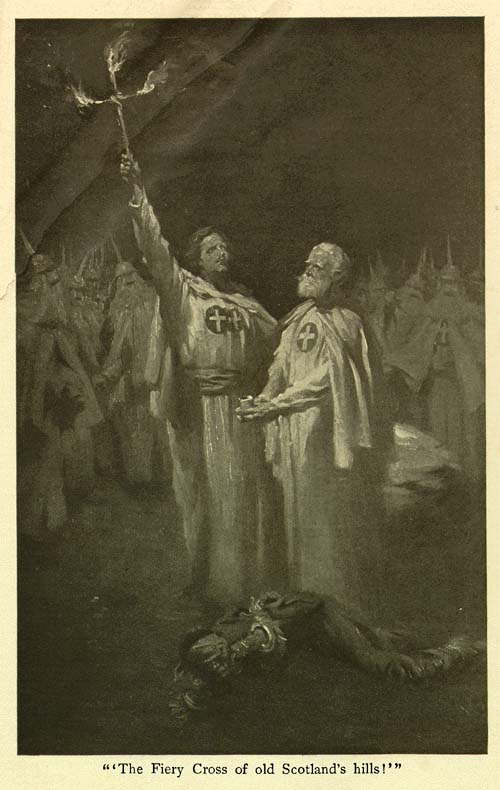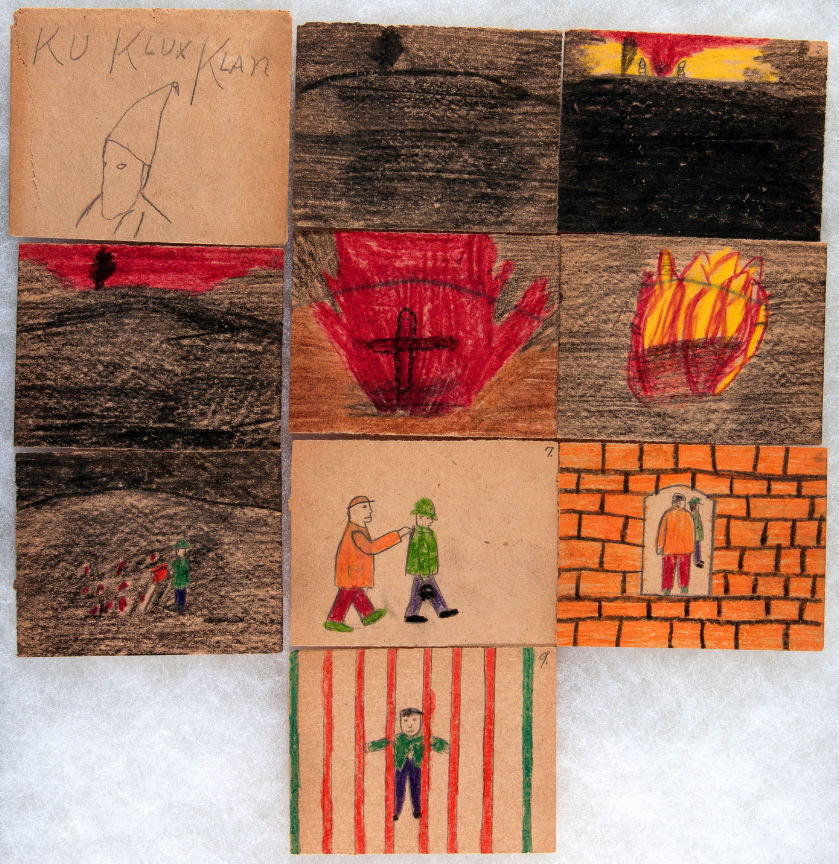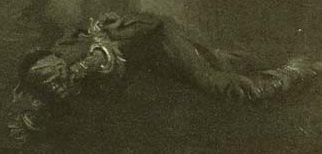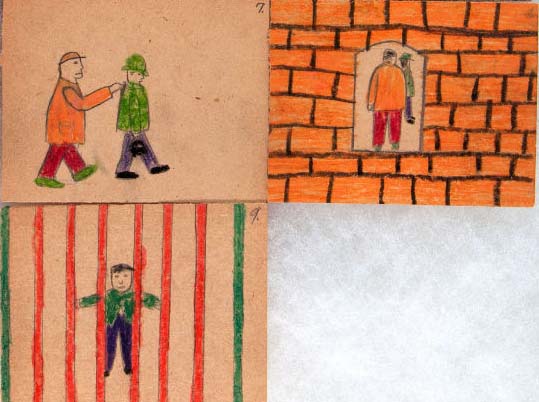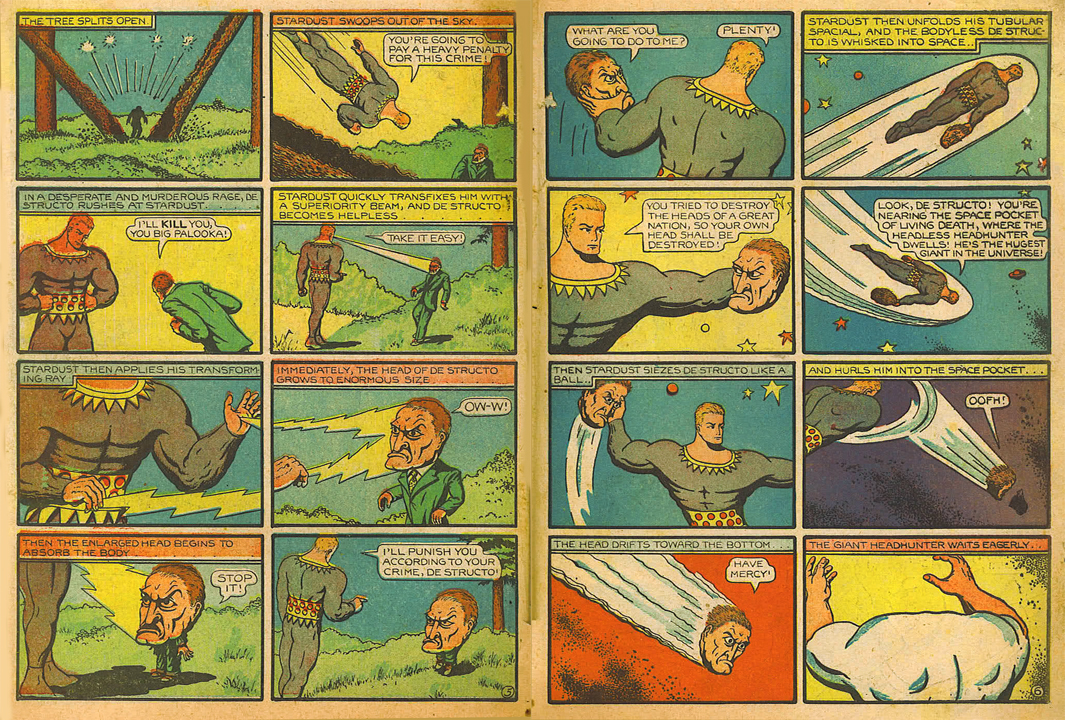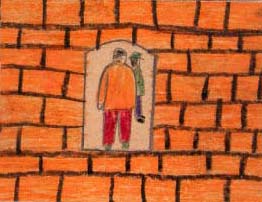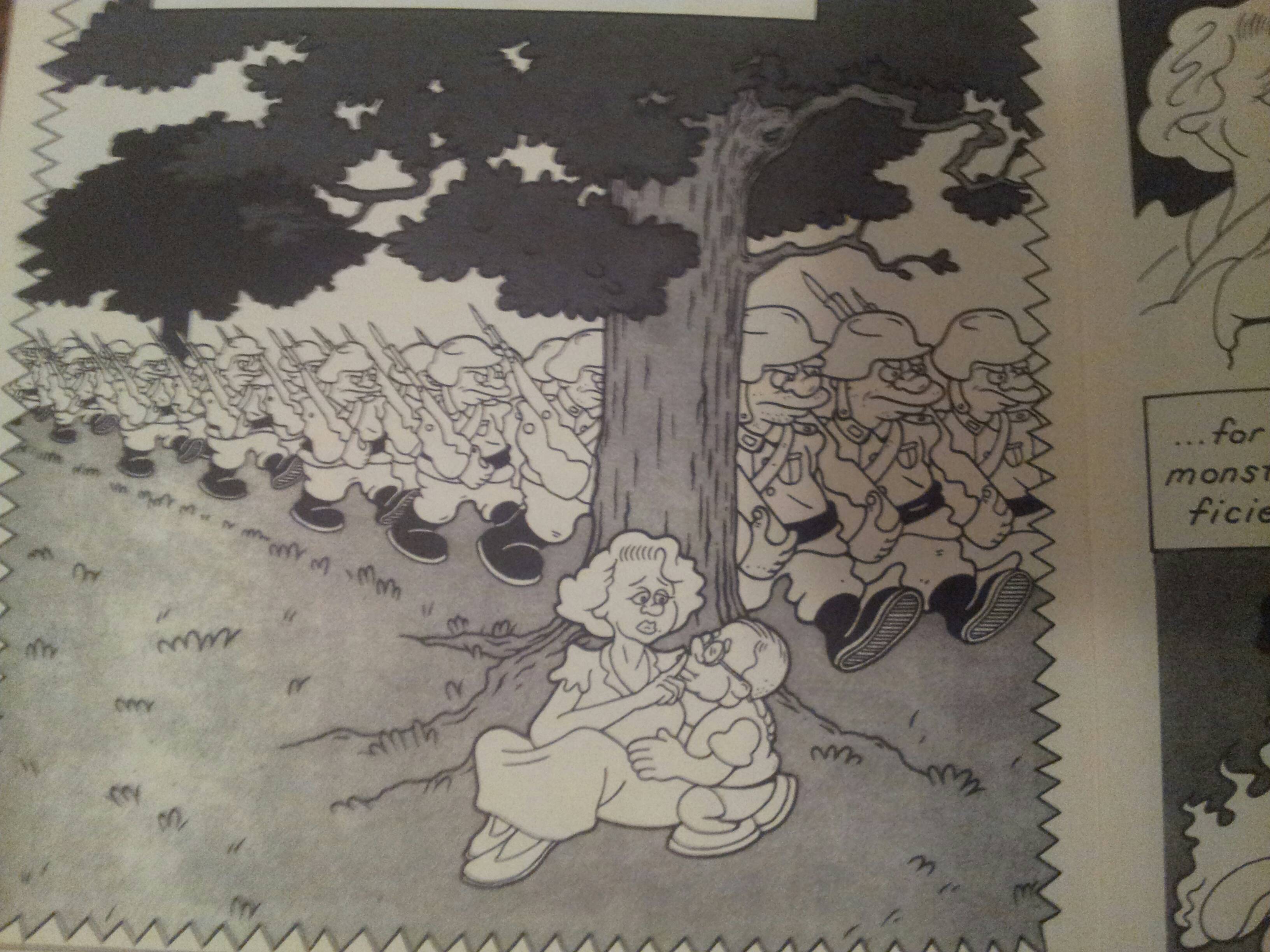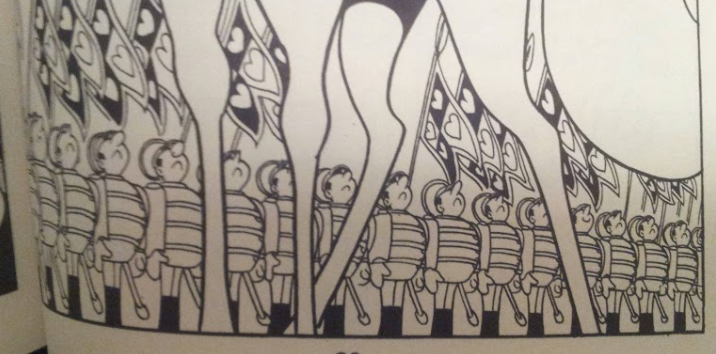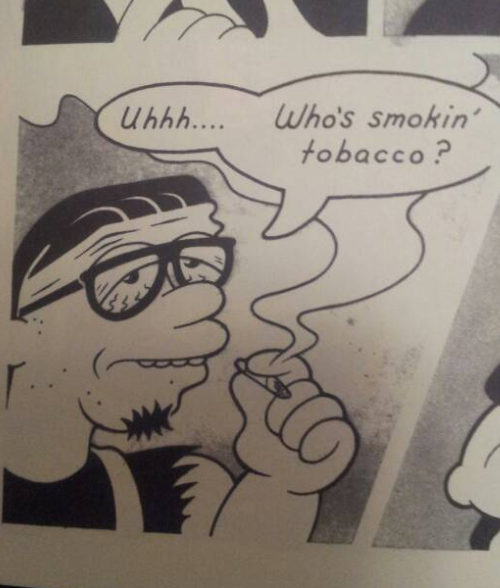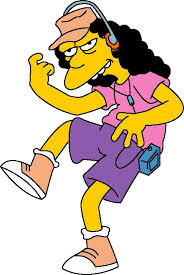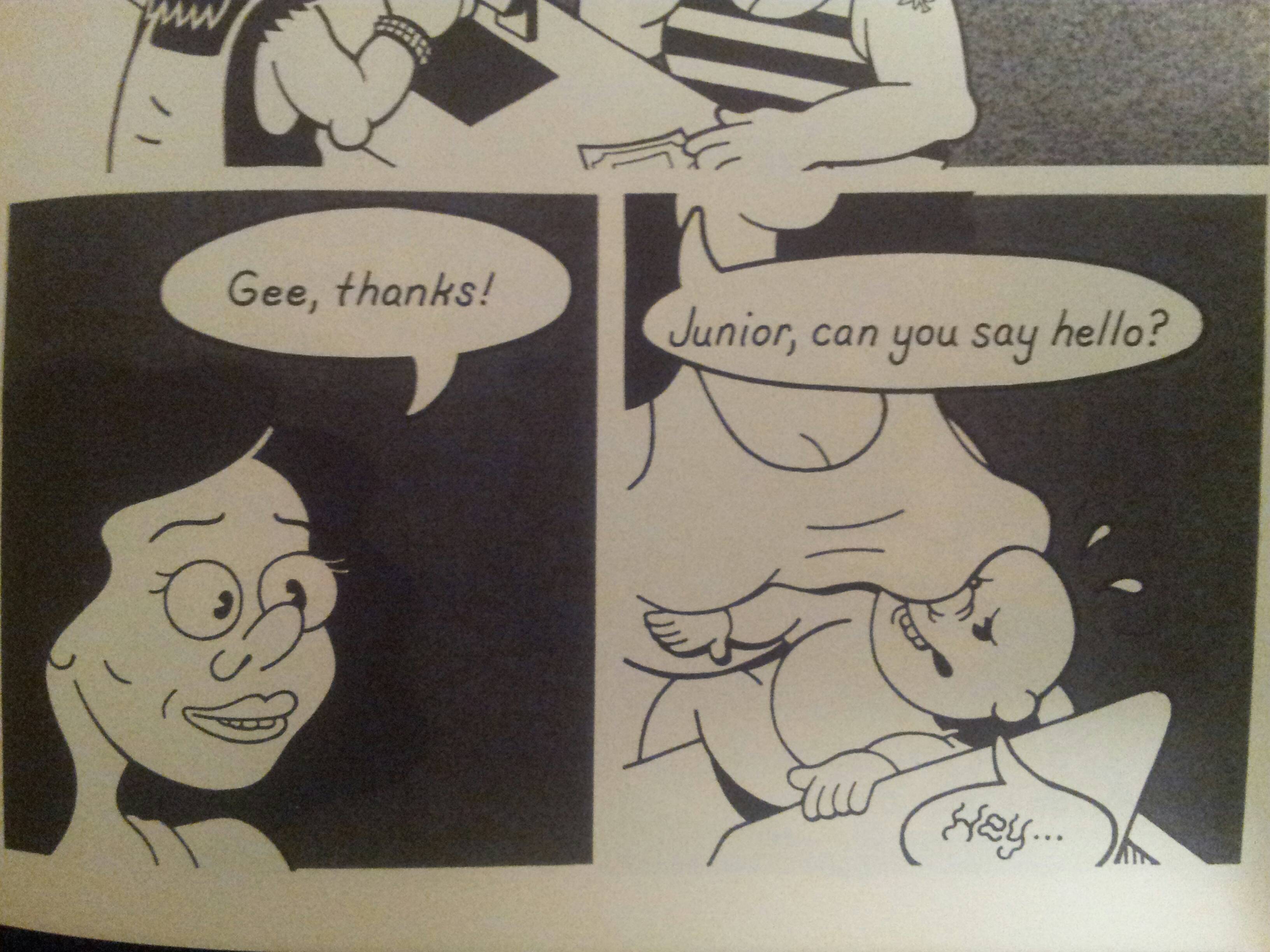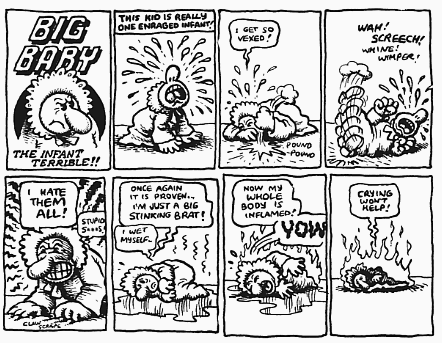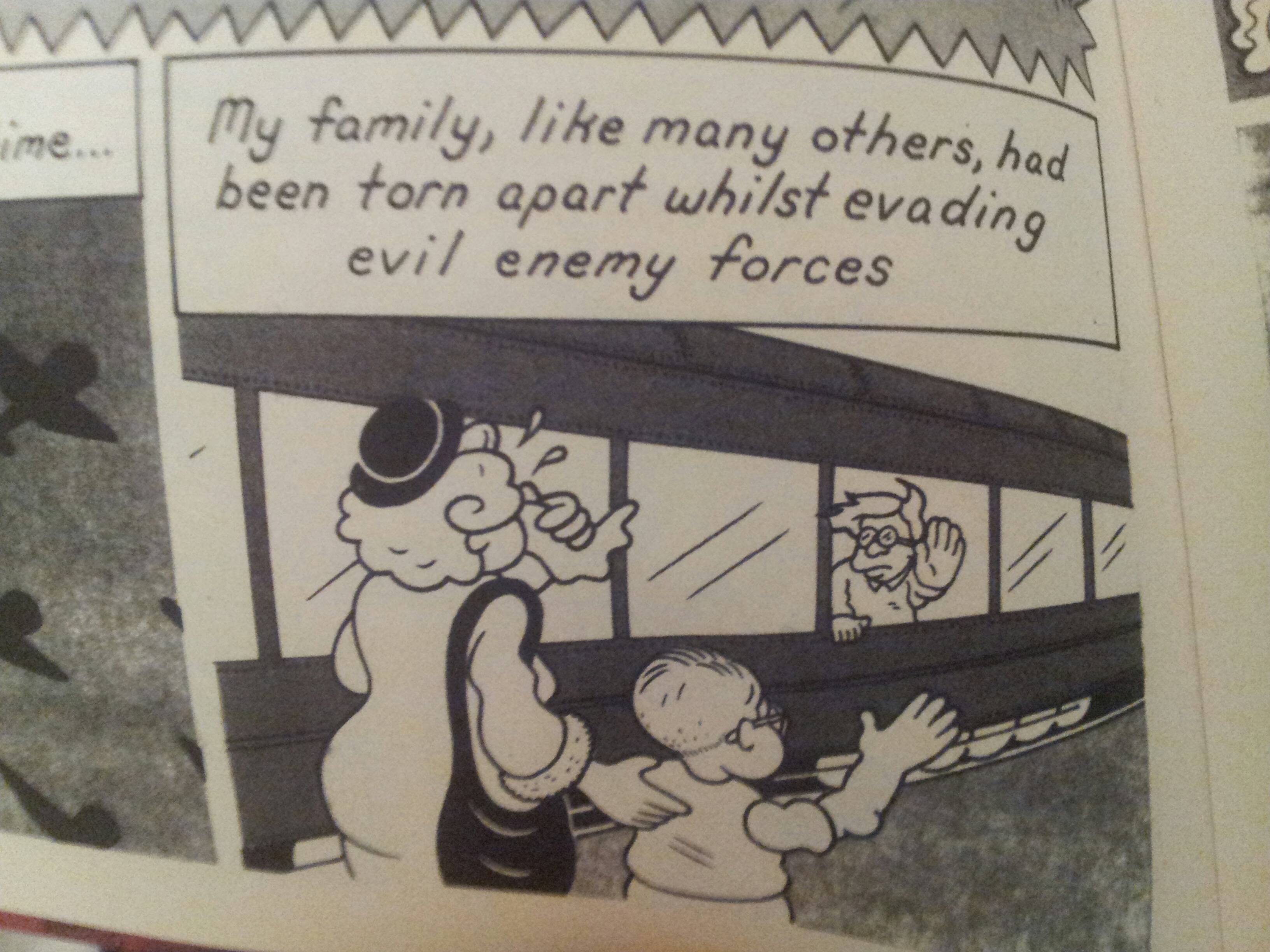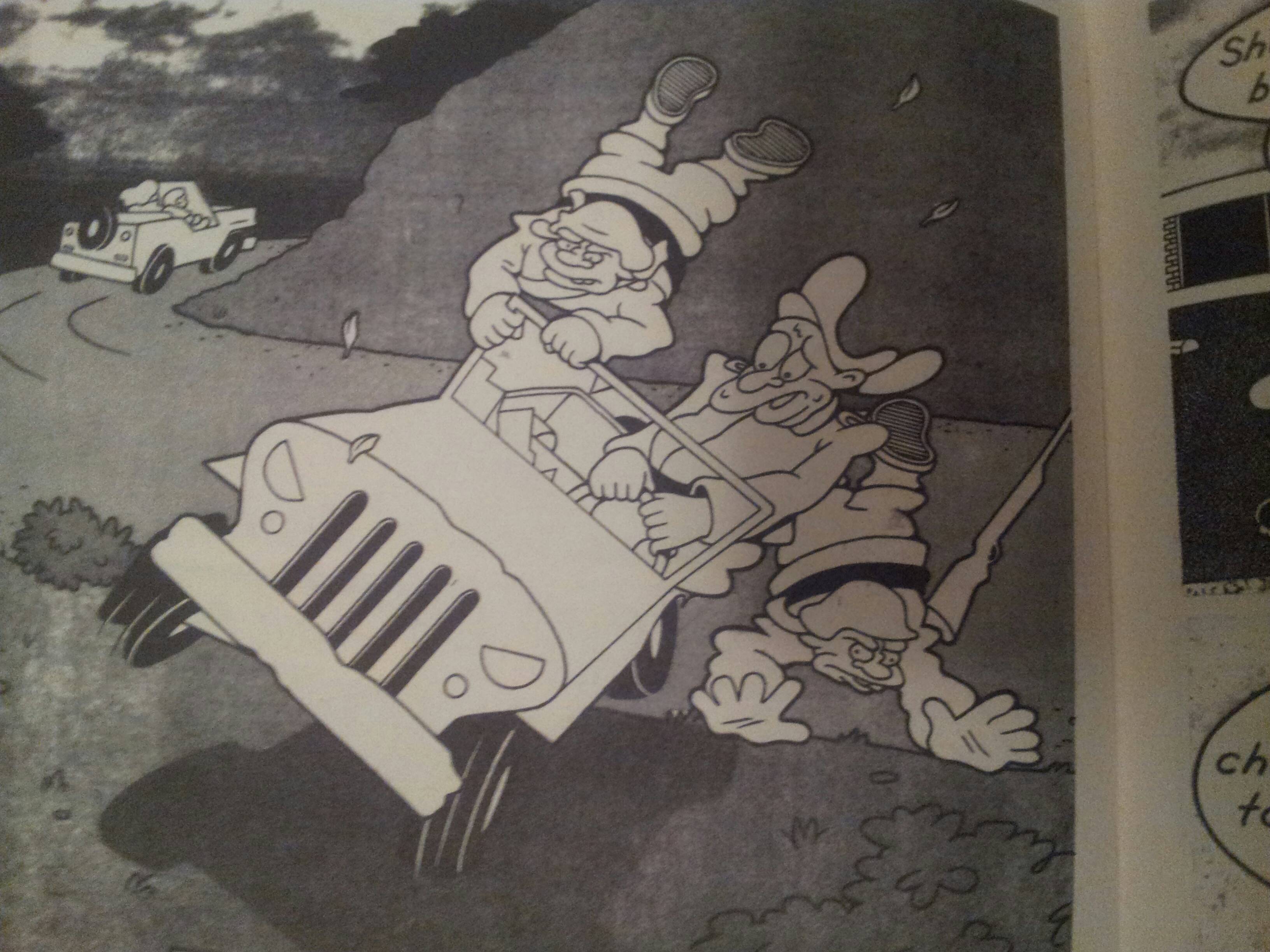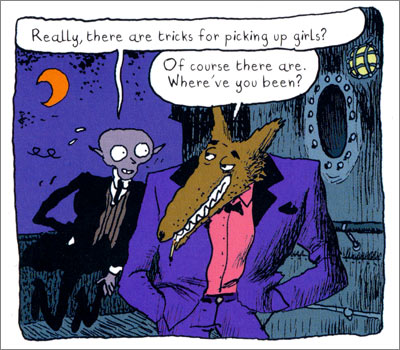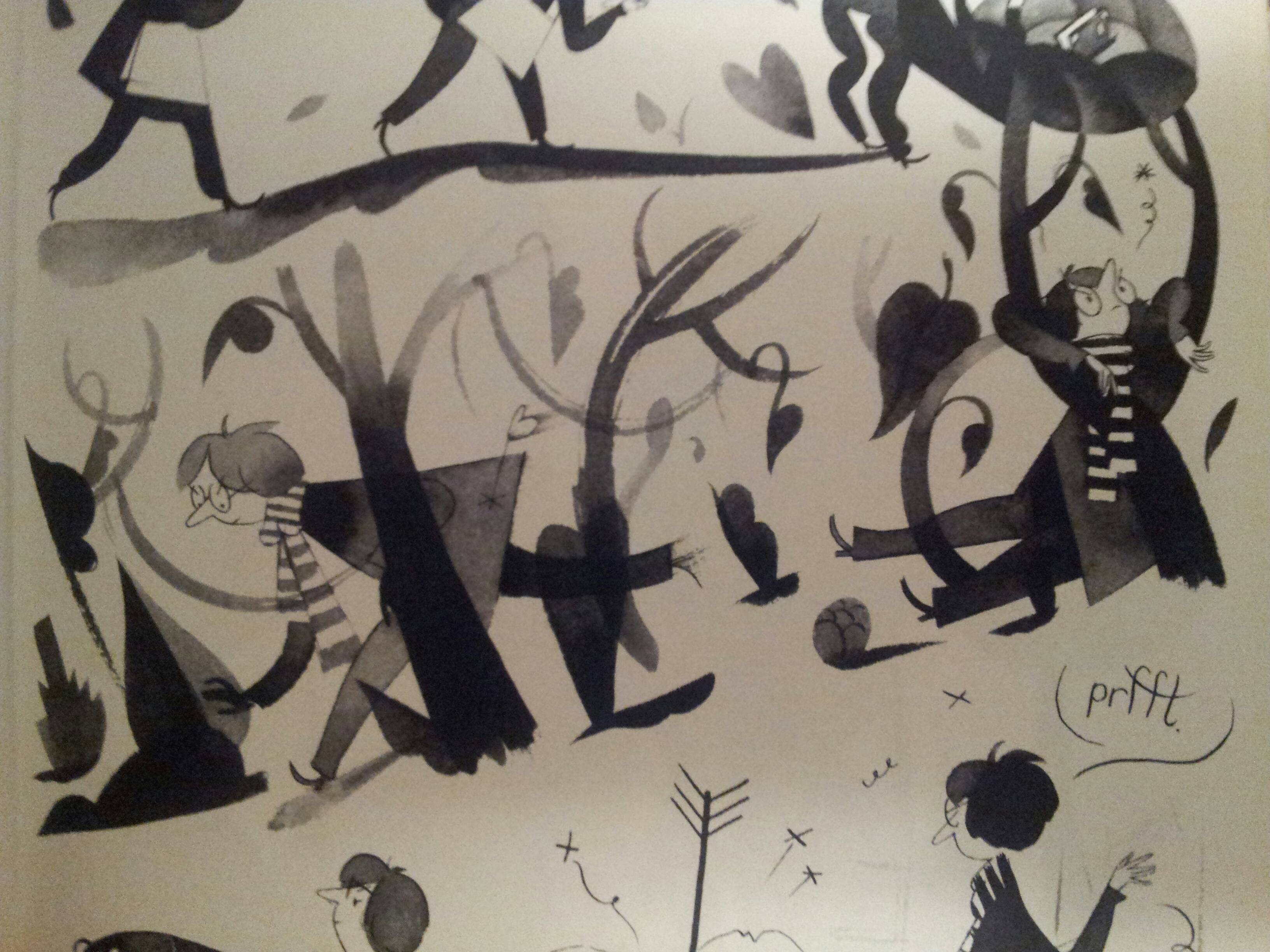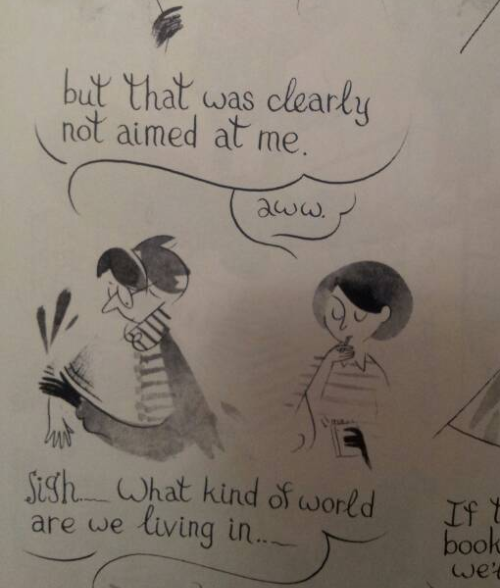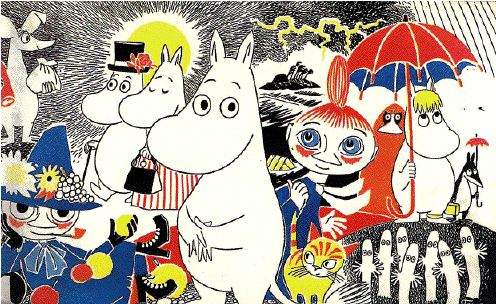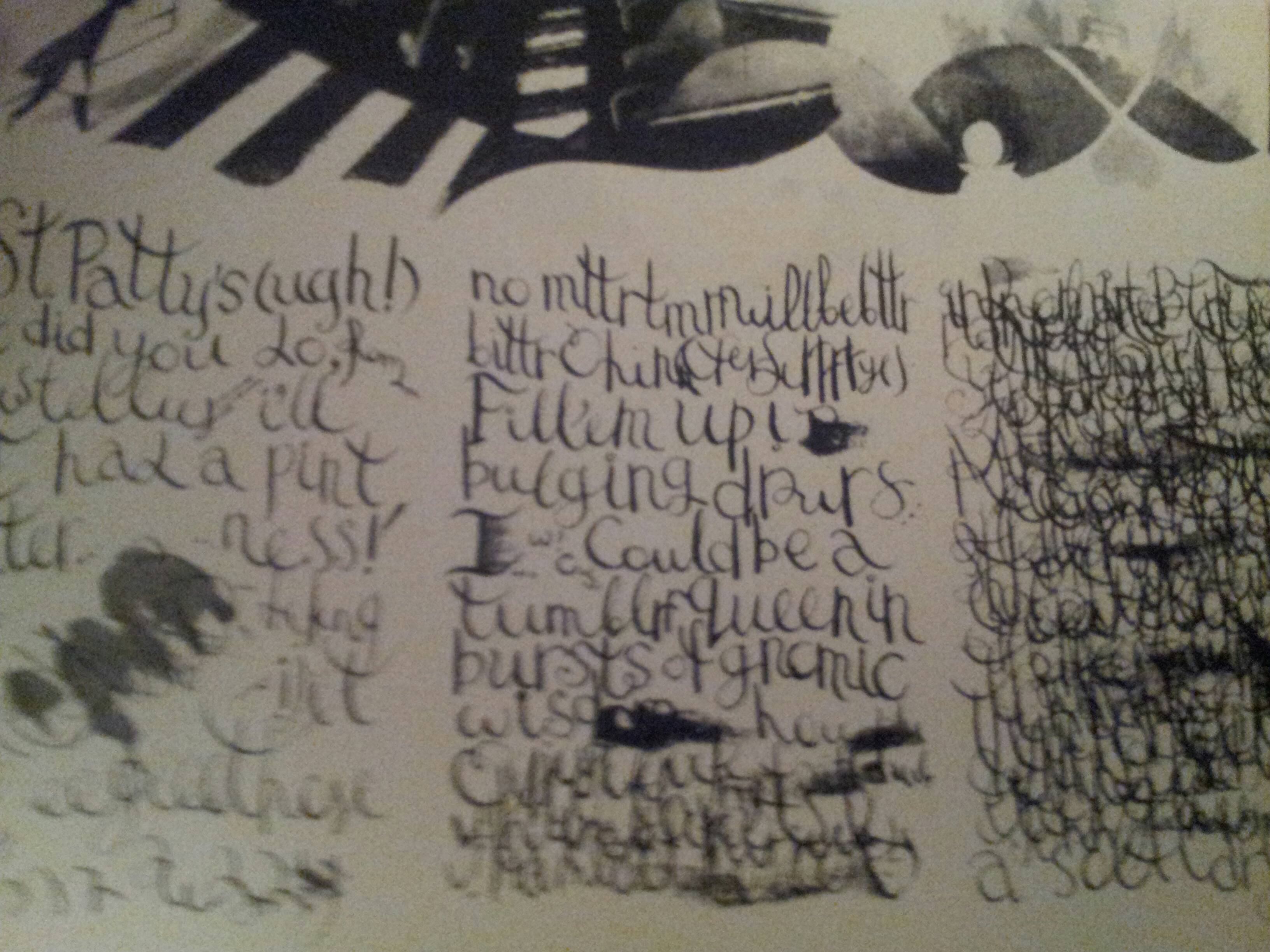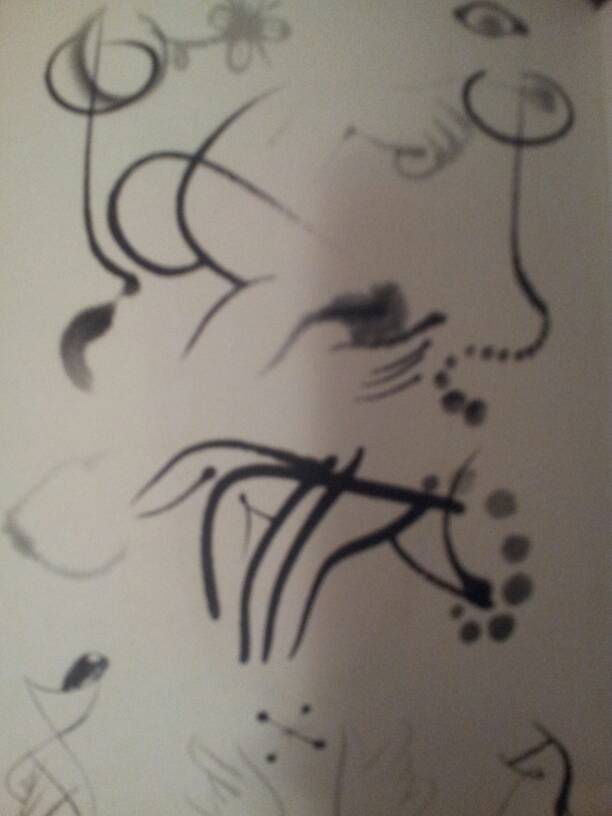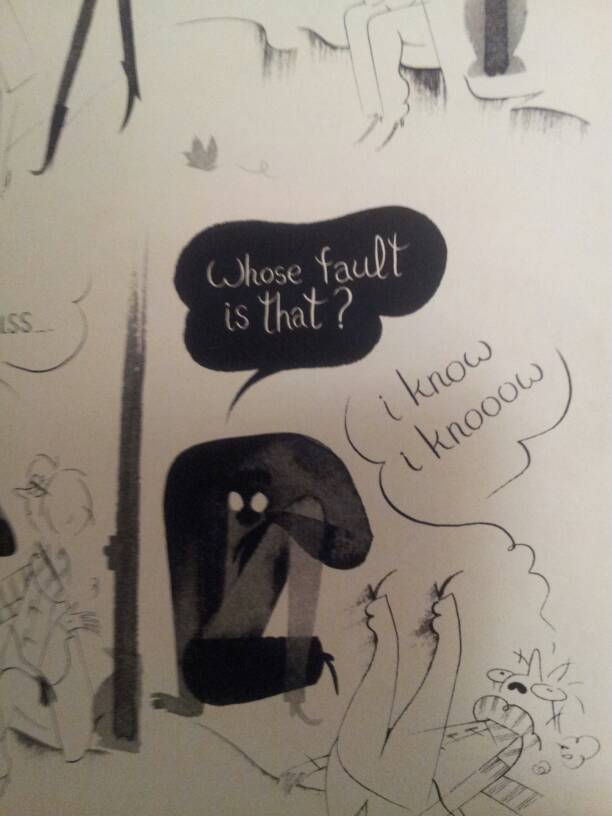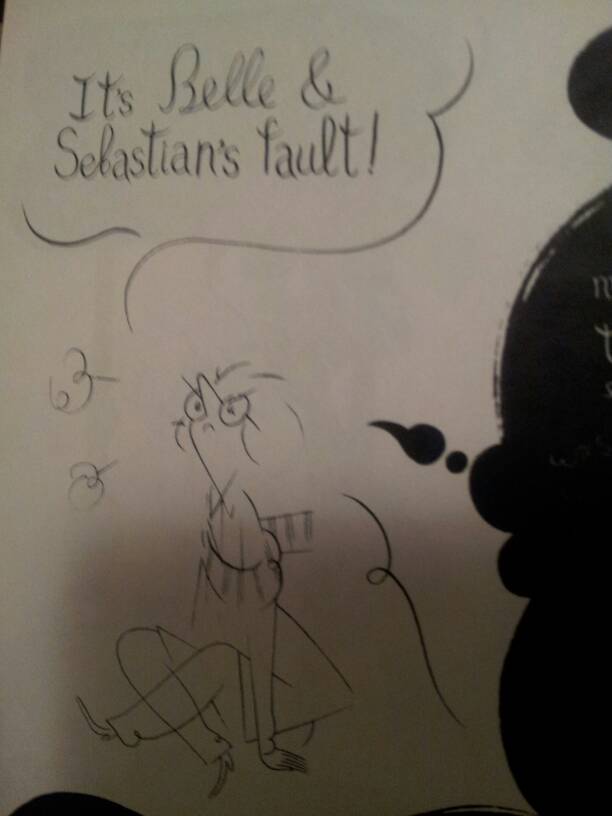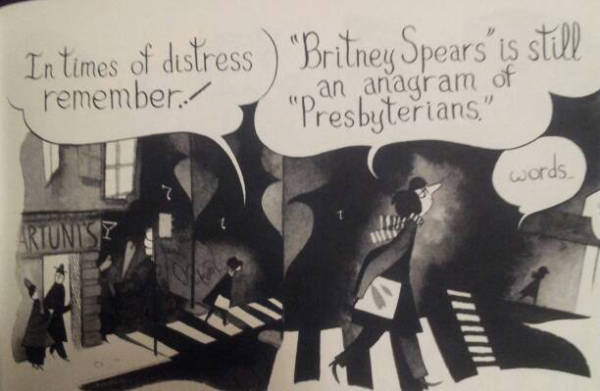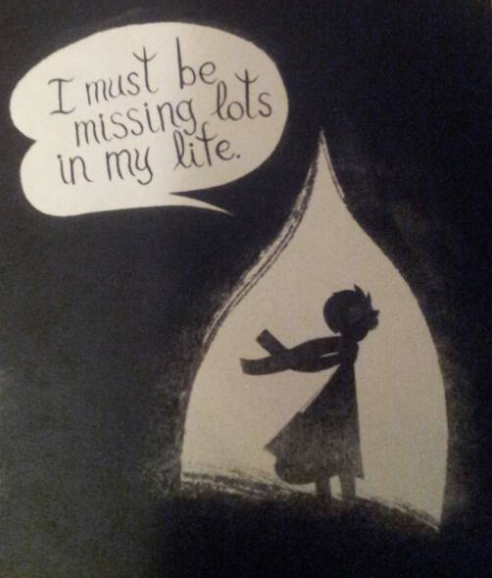This is from our R. Crumb and Race Roundtable, in a long back and forth in comments with Jeet Heer and others. I thought it was a good summation of why I don’t think Crumb’s approach to race works, so I thought I’d repost it here.
_______
Jeet, I think I’m going to stop insulting you. It’s fun, but I think there are pretty interesting issues here, and I’d rather focus on those at least for the moment (maybe I’ll get back to the troll-battle if you take another swing at me!)
Okay, so first, the Joplin cover. It is possible to see it as a sneer at Joplin. The problem is, it’s equally possible to see it as Domingos says — as a nostalgic use of blackface caricature that is intended not to undermine Joplin, but to humorously confirm her “black” roots. That it’s the second, not the first, is strongly suggested to me by the fact that he uses another blackface caricature elsewhere on the page.
Be that as it may — part of the issue here comes down to this:
“Crumb’s blackface images take a once-pervasive-but-now-taboo style and not only revives it, but intensifies it to the point that it becomes uncomfortable.”
First, it’s worth questioning how taboo blackface caricature was in 60s. Surely it was taboo in some of the circles Crumb moved in. I bet it was not taboo in many communities, however. As Jeet says, overt racism was still widely accepted in many places in the ’60s. I bet there were many people throughout the U.S. who wouldn’t even have blinked at Crumb’s drawing. (And, indeed, I don’t believe that cover caused any particular controversy. It’s widely considered one of the greatest album covers of all time, but I haven’t seen any reports of anger or protests over the imagery at the time — which there should have been if Crumb was actually violating taboos.)
More importantly, it’s worth pointing out that on the Joplin cover, the blackface caricatures are not intensified in any way that I can see. Is Crumb’s drawing more reprehensible than McCay’s Imp? Than Eisner’s Ebony White? It doesn’t seem so to me. In fact, it’s not clear to me that even Angelfood McSpade is more intensely racist than McCay’s mute, animalistic Jungle Imp. I mean, the Imp is really, really, really racist.
And I think that shows up a real problem with Crumb’s method of trying to deal with racist imagery. Racism is not realistic. It’s not something that is grounded at all in any kind of actual fact. As a result, there is no reductio ad absurdum of racist iconography. Racism does not have a point to which you can intensify it and make it ridiculous. Crumb isn’t going to be more intense than the Holocaust. He’s not going to be more intense than generations of slavery. It’s really not clear that he can even be more intense than Winsor McCay’s Imp. Racism and racist imagery— these are not things you can parody just by exaggerating them. They’re extremely exaggerated already, and always eager to be more so. You make it more exaggerated, you just make it more racist. You don’t undercut it.
In that sense, racists who have embraced some of Crumb’s imagery aren’t confused; they’re not stupidly getting it wrong. They’re reacting instead to a failure of his art. Even when his intentions are definitely anti-racist, he hasn’t thought through the issue of racism, or the use of racist iconography, sufficiently for him to communicate those intentions effectively. He isn’t smart about the way racism, or racist imagery works. As a result, he often duplicates the thing that he is (arguably) attempting to critique.
I think it is instructive to look at writers like Faulkner or Crane, or someone like Spike Lee or Aaron McGruder, all of whom confront racism not by intensifying it, but rather by really carefully thinking through how racist tropes work, and demonstrating not only how they diverge from reality, but also how they *affect* and distort reality. There’s a lot of work and thought and genius in dealing effectively with those issues, and I’m not saying I love all those artists all the time, or even that they’re all always anti-racist (Faulkner was avowedly racist at times). But they all seem just a ton more thoughtful, and a ton more committed to understanding how race works, than Crumb does. To me, Crumb (on the most charitable reading) really seems to just hope that throwing unpleasant racial iconography at the wall will somehow be a critique of that iconography.
So, to your historical argument — I don’t think there’s ever been a point in American history where reproducing racist iconography was either especially brave or especially likely to contribute to anti-racism. Crumb’s satire (when it is satire) is neither subtle nor thoughtful…and as a result, his motives and intentions really do come into question. If he’s not willing to think through these issues, why the attraction to the racist iconography in the first place? Does he really want to talk about racism? Or does he just want to reproduce the iconography because he likes it? The way he obsesses over the authenticity of black people in his blues biographies, for example, just makes those questions more pointed. He’s clearly got a fascination with the black culture of the early 20th century — but that can sometimes bleed into a fetishization and even a nostalgia for the oppression of black people.
So…yes, intentions matter. But avowed intentions aren’t the only intentions, and execution matters a lot too. It just seems to me that Crumb’s relationship to racism is a lot more complicated than you’re acknowledging.

